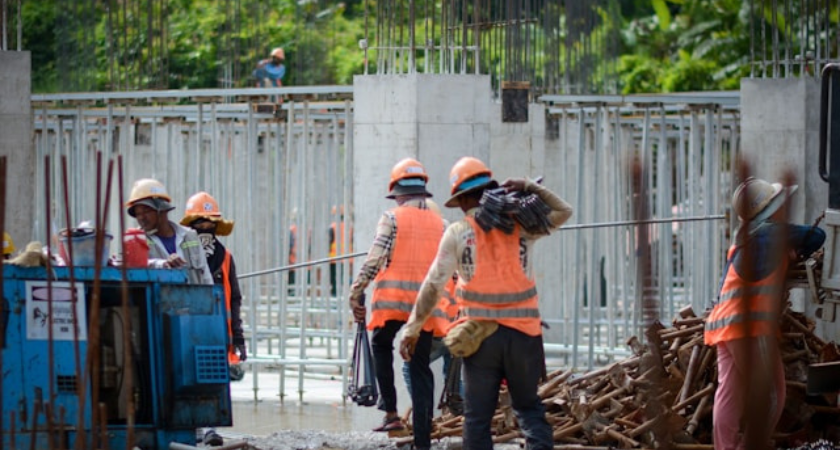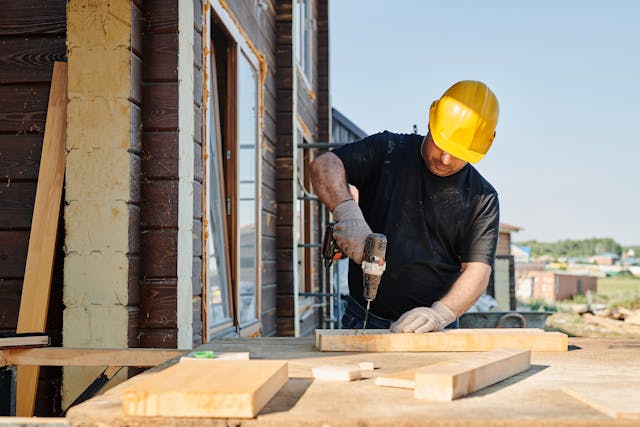
Virginia has officially kicked off a major infrastructure effort aimed at boosting passenger rail capacity in Northern Virginia, breaking ground on several upgrades centered around Alexandria. The move is expected to reshape travel reliability for Amtrak and Virginia Railway Express (VRE) commuters across the fast-growing Washington, D.C. metro region.
Construction began Nov. 12 on a package of improvements that include a new six-mile fourth track between Alexandria and Arlington, enhancements at the Alexandria VRE station, and replacement of two aging rail bridges located next to the station. Together, the upgrades are designed to handle rising regional rail demand and reduce congestion for both intercity and commuter services.

Virginia leaders emphasized the importance of the investment to the statewide economy and mobility. “Strong rail infrastructure in Virginia is critical to our economy and people’s ability to get where they need to go,” Sen. Tim Kaine, D-Va., said in a statement.
The Alexandria work is being delivered through a public-private partnership among the Virginia Passenger Rail Authority (VPRA), Amtrak, VRE, CSX, and the city of Alexandria. These improvements are tied to the broader $2.6 billion Long Bridge project, which will add a second two-track bridge over the Potomac River along with new pedestrian and bicycle bridges, eliminating one of the biggest bottlenecks on the East Coast rail network.
With both the Long Bridge and the Alexandria projects scheduled to finish by 2030, regional rail leaders say the upgrades will bring sweeping benefits across the D.C. metropolitan area.
“We [and our partners] have been able to develop a plan that combines a number of projects to benefit not just rail passengers but the local community as well,” VPRA executive director DJ Stadtler said in a statement.
Once complete, the “Transforming Rail in Virginia” initiative will:
The Alexandria station will receive significant safety and customer-focused upgrades, including:

Virginia has steadily invested in passenger rail for decades, purchasing nearly 500 miles of track, creating VRE in 1992, and supporting statewide Amtrak operations. These services are increasingly relied upon by residents: VRE averages 20,000 daily riders, and state-supported Amtrak trains set a record with over 1.4 million passengers in FY2025.
According to VPRA, expanding rail capacity is now a necessity, not an option. The authority notes that “passenger rail provides the most cost-effective solution” to growing congestion, especially as Northern Virginia’s population—which has increased 74% since 1990—is projected to surpass 3 million residents by 2040.
With roads increasingly saturated and commuter patterns shifting, Virginia officials view rail as a cornerstone for long-term mobility. The Alexandria upgrades represent the next step in a transformational decade-long effort to connect more communities with reliable, low-carbon transportation throughout the corridor linking Virginia to Washington, D.C.
Originally reported by Dan Zukowski in Construction Dive.